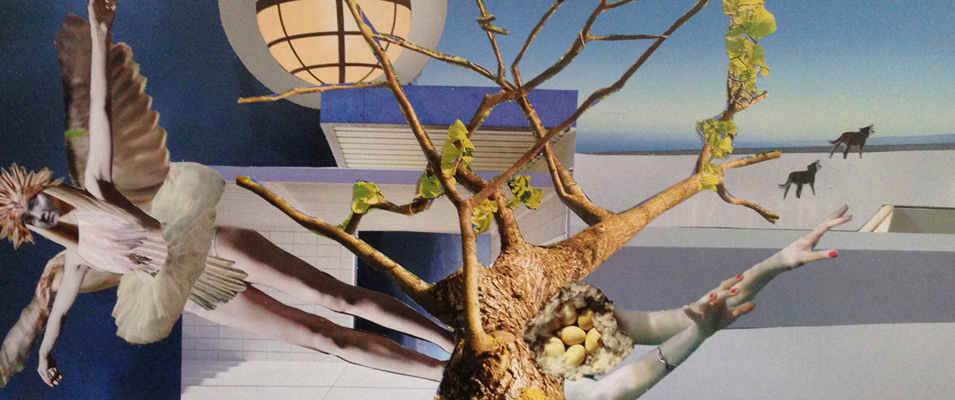 When I was an art student, abstract art was just coming into its own. Realism had its run with the impressionists and then came the abstract expressionists with their specific kind of emotional and visual imagery. In my art classes I spent much of my time learning how to push paint around, using sand and other foreign materials mixed with the paint in order to discover a more visceral surface texture. Just as I was getting the hang of this abstraction, expressionism was in with all its bloody protest imagery. It was the 1980’s when the photorealists with their refined illustrative skills took over the galleries. Chuck Close and Audrey Flack were two of the stars of this movement.
When I was an art student, abstract art was just coming into its own. Realism had its run with the impressionists and then came the abstract expressionists with their specific kind of emotional and visual imagery. In my art classes I spent much of my time learning how to push paint around, using sand and other foreign materials mixed with the paint in order to discover a more visceral surface texture. Just as I was getting the hang of this abstraction, expressionism was in with all its bloody protest imagery. It was the 1980’s when the photorealists with their refined illustrative skills took over the galleries. Chuck Close and Audrey Flack were two of the stars of this movement.
The reason I mention any of this is because I feel we have just come through a period of art that did not serve the artist well. Creativity suffers at the hands of businessmen, who in the last two decades determined what was marketable and what was not. Art is, after all, a business and the artist a pawn who is bought and sold in the market place. Large corporations dictated what had value and warehoused the work they collected. It was as if they were collecting the artist and didn’t much care about the art. Large amounts of money was invested with the art world scrambling to be part of it. To me this felt like the death of art. It was as if the more an artist could shock the sensibilities of the public, the more well known the work became.
This leads me to the question “who is determining what is art?” I was watching a show on the Ovation channel about how six art graduates were chosen to live and work in New York City as cameras followed their progress. What was interesting about this was how there were very few painters who applied for this opportunity. When asked why this should be, the answer was simple, the universities are not turning out painters these days. It seems the colleges are pushing digital photography, video and installation art. So it appears it’s the educational system, the higher institutes of learning, who are now dictating the direction of the art world.
While fewer art students are studying painting, it seems to me many of the galleries in Chelsea are still showing and selling works on canvas. The way I see it, drawing and painting is a personal and spiritual art form that needs to keep reinventing itself to remain fresh but is not going anywhere soon. So as long as the human spirit has the need to leave its mark, I feel confident painting will survive.